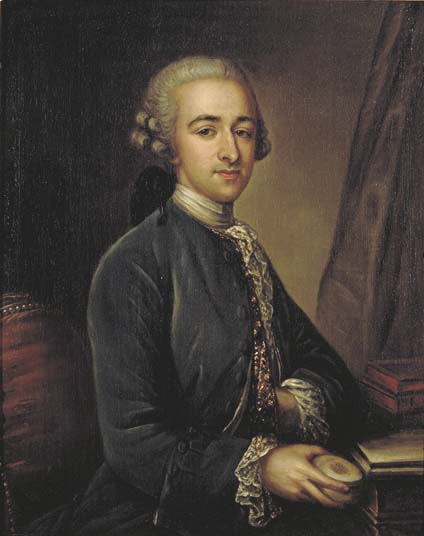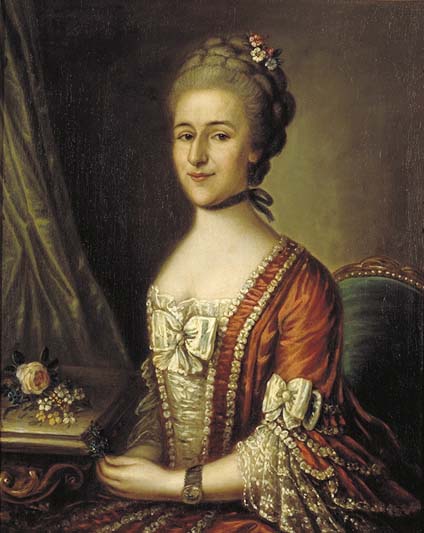
 |
The Alvares/Lopes Pinto/de Pinto Family
from Medina de Rioseco, Valladolid
c.1517
| 
|
- The family crest above is of Spanish origin.
- Spelling variations of the Pinto family name include: Pintado and la Pinto. First found in Granada in southern Spain.
- de Pinto: a family of financiers, rabbis, scholars, soldiers, and communal workers, originally from Portugal. Members of it lived in Syria in the beginning of the sixteenth century; and in 1535 there was at Rome a Diogo Rodrigues Pinto, advocate of the Maranos. But its most prominent members lived in Holland, particularly in Amsterdam, in the beginning of the seventeenth century. They were among the greatest financiers in that city; and one of them bequeathed several millions to the Jewish community, to the state, to Christian orphanages and churches, and to the Christian clergy (see his testament in Schudt, "Jüdische Merkwürdigkeiten," i. 292). Members of the family were also prominent in South America, namely, in Brazil and in Dutch Guiana, in the beginning of the eighteenth century. About the same time other members settled in the United States, becoming very influential, especially in the state of Connecticut, where they took an active part in the Revolution. The earliest mention of the Pintos in the Connecticut records is under date of 1724; in those of New York, 1736.
(The Jewish Encyclopedia)
|

|

Coat of Arms of Medina de Rioseco
| 
|

Medina-de-Rioseco

A typical street in Medina de Rioseco.
|

Cano San Sebastian.
|

A typical street in Medina de Rioseco.
| |
The De Pinto House: At 69, Sint Antoniebreestraat stands the De Pinto House, named after a wealthy Portuguese-Jewish family of merchants. In 1651 Isaac de Pinto bought the premises from Jan Janszoon Carel, one of the founders of the Dutch East India Company (VOC).
De Pinto's son David Emanuel de Pinto had the house radically rebuilt in 1686, creating the imposing classical front façade. The house remained in the family until the 19th century. After that it fell into disrepair.
At the beginning of the 1970s the building was threatened with demolition. However, the De Pinto Trust managed to save the house and in 1975 had it restored. Thus the historic line of the buildings on the street was preserved and on completion of the metro new dwellings went up around the De Pinto House. It is now a public library owned by the Amsterdam Monuments Trust. Inside is well worth a look - there are striking old-master paintings on the ceiling and an impressive antique chimneypiece
(The Jewish Historical Museum)
|

|
|
|
|


































